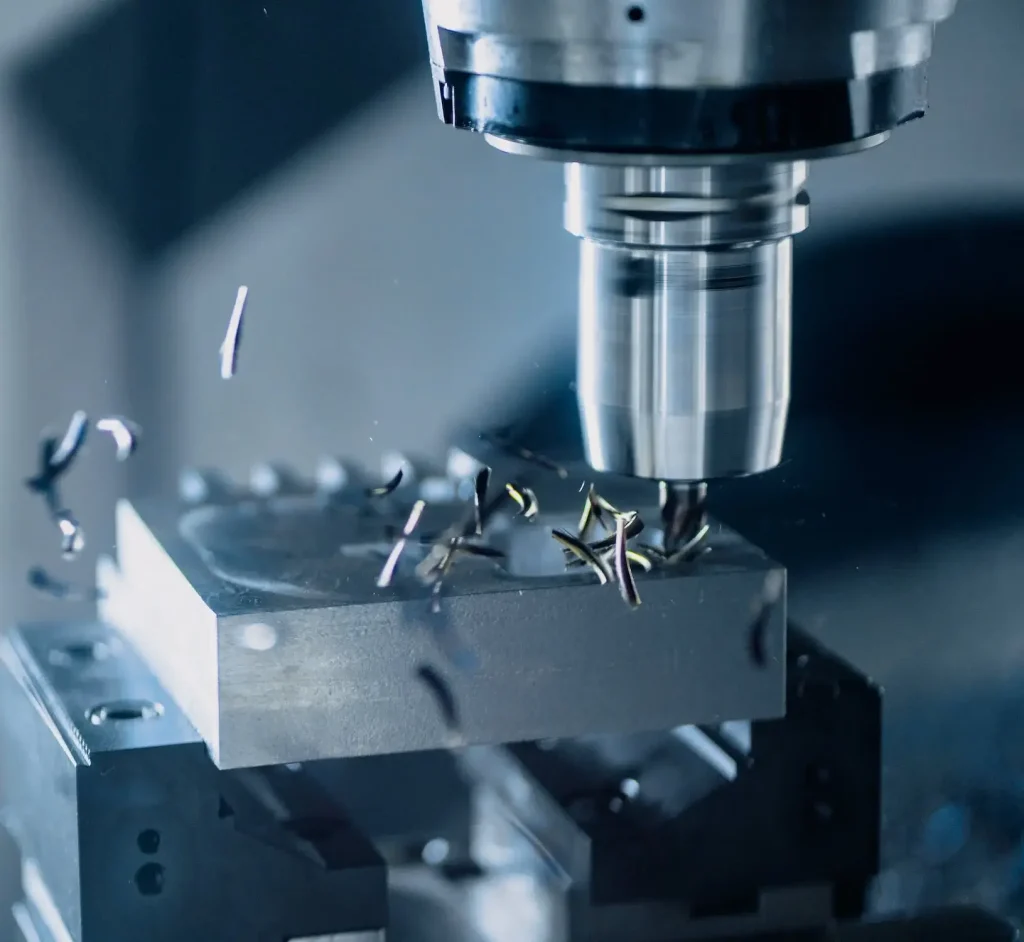CAD/CAM programs
CNC machines rely on CAD/CAM programs to perform complex calculations. They need to be able to accurately interpret CAD designs and translate them into g-code, which is the language of CNC machines. The software also needs to be user-friendly and easy to use. The software should have a good customer support system and support standard file formats, as well as real-time sharing of files. If you need CNC machine repairs, the software should also be somewhat mainstream so it’s universally understood by mechanics.
CAD/CAM allows for advanced simulations and machining-process inspection, which can identify potential problems before they affect production. This can save time and company resources. CAD/CAM software uses a lot of processing power, so it is important that the computer hardware used to run the software is of high quality. Additionally, CNC machinery and software can be expensive up front, so it is important to consider the cost of CNC machinery and software before investing in the machinery.
CAD/CAM software helps designers create 3D solid parts and create 2D vector designs. This allows them to produce technical documentation without the need to build prototypes. The software also allows them to evaluate the finished product without human intervention. CAM software is also an invaluable tool for manufacturing.
CNC machines also use CAD/CAM software for the design and machining of parts. The CAD software creates the part models, while CAM software helps the machines calculate the tools and cutting paths. CAM software also allows for the easy modification of existing designs.
A CNC machine can automate grinding, drilling, routing, and other processes. The software allows for these processes to be performed quickly and efficiently. Once these processes have been completed, a CNC machine is ready for production. The production line can produce the parts at much faster rates and efficiency.
CNC machines rely on CAD/CAM software to produce the g-code commands required to run the machine. The software has to be programmed with the correct instructions in order for the machine to do the right job. It must also ensure that the machine is working within its limitations.
CNC software is essential for many projects. It is used to design 2D and 3D parts. It is also used for artistic projects. Inkscape is a popular CAD software for CNC machining. A CAM software must be compatible with CAD software.

Servomotors
CNC machines use servomotors to move the machine tools and processes. Choosing a servo motor that provides high-performance motion is essential for CNC machines. The servo’s torque, speed, and force must match the machine’s motion profile and physical envelope. The motor should be able to perform reliably under variable environmental conditions and be able to operate over a wide range of speeds. A motion control expert can help you choose the best servo motor and drive system for your needs.
CNC machines use an open-loop or closed-loop control system. The controller sends programmed instructions to a servo amplifier, which drives the servo motors. These signals are proportional to the frequency of the signal and determine the velocity of movement. The open-loop system is less precise than the closed-loop system because it lacks a feedback system. The system’s performance is affected by a variety of factors, including load, temperature, humidity, and lubrication.
The position encoder and servomotors are essential parts of a CNC machine. The position encoder is a sensor used to measure the output position and speed. The controller uses this signal to compare the measured output position to the command position. When the two positions are different, an error signal is generated. The motor is then rotated to the correct position.
Servomotors are small electric motors that require a high-precision operation. They can be used for a wide variety of applications and provide high rotational speed and torque. They are commonly used in CNC machines because of their ability to provide more torque in a small package.
CNC machines use steppers and servomotors to guide motion. They are controlled by a computer program and guide the motion of a machine tool. Almost all CNC machine tools have programmable motion parameters. Steppers, in particular, is the most affordable option for producing CNC motion. However, be aware that steppers are vulnerable to overload and can lose synchronization with the computer if they are not properly balanced.
CNC machines are composed of a control unit, which consists of computers and associated hardware. Its function is to sequentially execute a set of instructions to perform specific mechanical actions. Typically, the control unit contains the following subsystems: servomotors, motors, and switches.
Servomotors can be used in a variety of applications. The most common type is the positional rotation servo motor. These servos have a maximum rotational capacity of 180 degrees. They are also used in toys, radio-controlled cars, and aircraft.
Stepper motors have the advantage that they do not require a feedback encoder. They can only drive a limited amount of load. This can result in positioning errors and system restarts. The advantage of a servomotor over a stepper motor is that it can provide optimum performance in larger systems.
Computer control
Computer control of a CNC machine is an automated process that uses a computer to operate the machine. These machines are useful for manufacturing, as they are simple to operate and the set-up cost is minimal. However, there are disadvantages to CNC machines. For example, the limited range of movement may limit the production process. To overcome this problem, the operator must reorient the part or make small adjustments. This process adds time and increases the risk of errors. As a result, costs can quickly add up.
CNC machines are also capable of implementing a variety of components and tools. These machines can create a variety of different goods. The computer software that controls these machines can make complicated cuts in a matter of minutes. Moreover, if the programming of the machine is error-free, it can save time and materials. Computer simulations are also a useful tool in checking the programs before they are trial run.
CNC machine operators typically require a few months of on-the-job training. Programmers may need more formal training. In some cases, employers will reimburse tuition for coursework related to CNC operations. However, it is important to note that most of the training programs teach CNC operations on manual machines.
Another advantage of CNC machines is that they are faster and more accurate. Additionally, they allow the operator to make changes with ease, reducing the need for additional workers. This way, the company can save on labor costs. CNC machines can also create complex designs quickly. Furthermore, modern design software can eliminate the need to create models or prototypes, saving time and money.
The computer controls the movements of a CNC machine using embedded software. A CNC machine may be a milling machine, lathe, router, grinder, laser or waterjet cutter, sheet metal stamping machine, or robot. It works with several motors and drives components to move the axes and execute the programmed motions.
Computer control of a CNC machine is used to manufacture parts that closely match CAD drawings. These modern machines are often multi-tooled and use a human operator or a robotic to perform the process. Some of these machines are programmable, so the operator does not have to be an expert in programming or CNC.
CNC machines are becoming increasingly common in the manufacturing process. Technology helps companies achieve increased production and allow them to produce a wider range of products. The market for CNC machines is expected to reach $100.9 billion by 2025. The market is expected to grow by a factor of two in the next few years.










